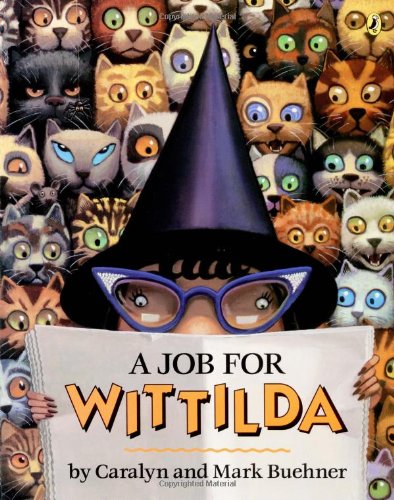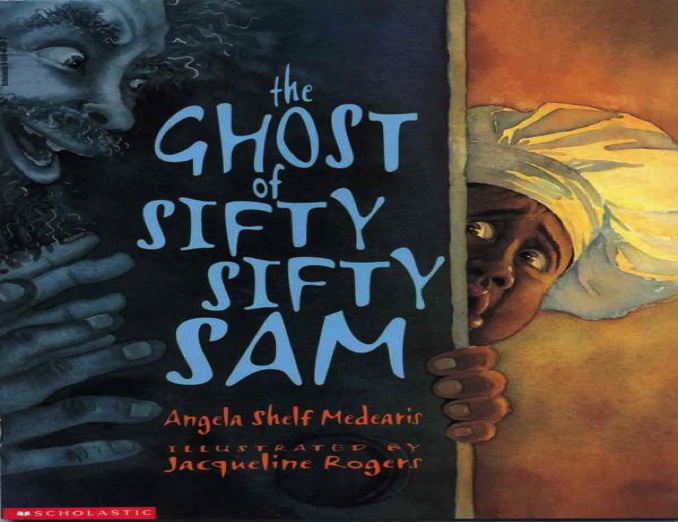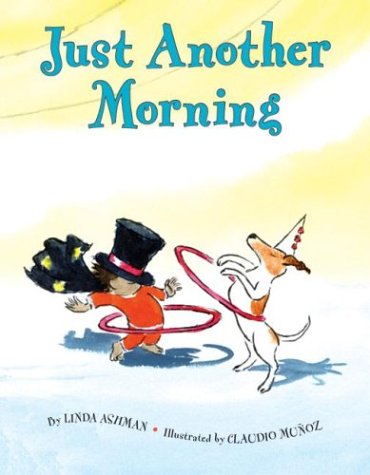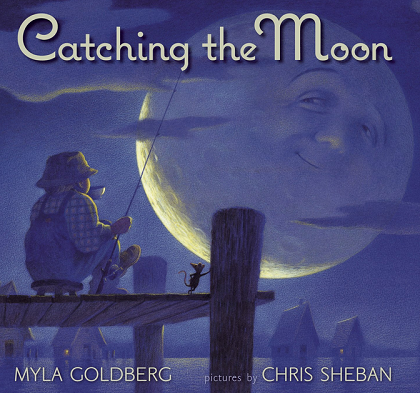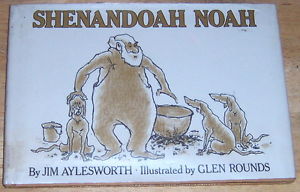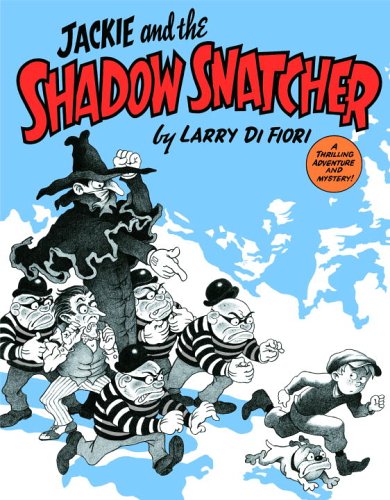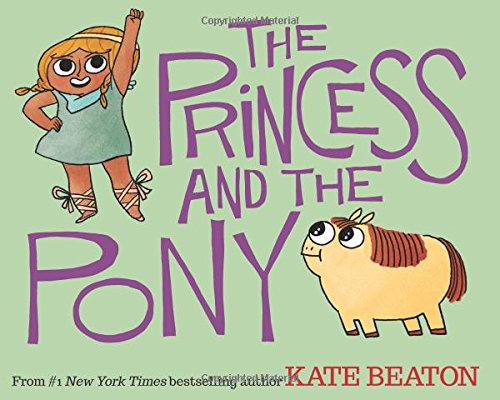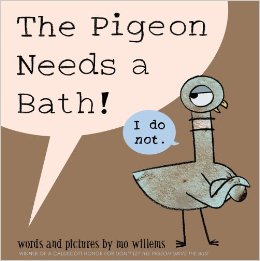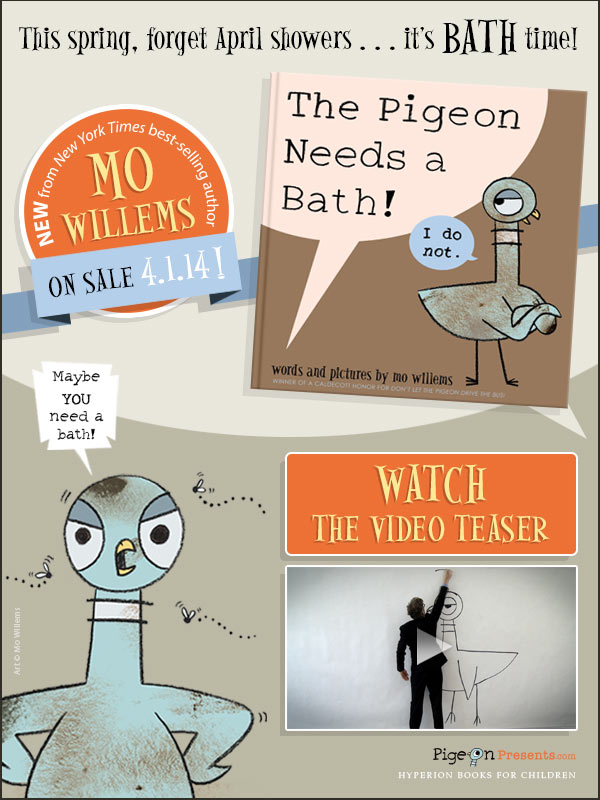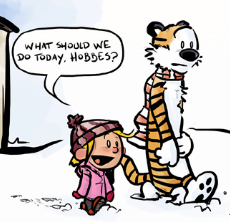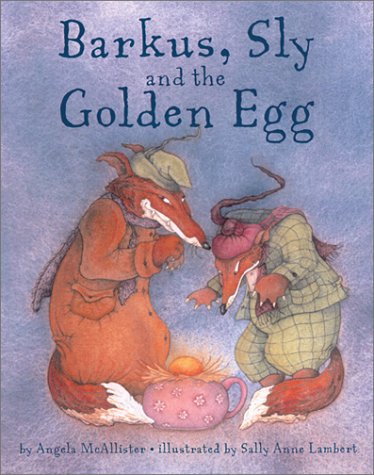
Barkus and Sly are two foxes who rob houses in the night. They’re “bad news,” according to the book’s first page, as they trundle their cart into town looking for unlocked windows. Now they’re after some plump roast chicken, sneaking “silent as shadows” into a henhouse. But they lock three stolen chickens in their shed overnight – leaving the chickens a chance to scheme.
I really enjoyed the deliciously dark tone of the introduction for Barkus, Sly, and the Golden Egg. (“No one is going to serve us with cream sauce,” sputters a hen named Tweed…) The chickens search for a way to escape, but all they find are cobwebby walls. “There’s no way out,” cries a hen named Biddy. “We might as well start plucking our own feathers!”
With despair solidly established, author Angela McAllister moves on to the solution. Among the foxes’ stolen loot, the hens discover a box of gold forks. “TREASURE!” gasps a hen named Bluff – though it will becomes a prop in their ruse. But McAllister also accomplishes something else with the treasure – showing how much fun it must be to be a thieving fox.
Every story needs an intriguing villain, and the foxes are actually this book’s central character. Sly is convinced that the chickens can lay a gold egg, and decides to secretly feed shoe leather to Barkus instead of one of the cooked chickens. When he returns to the barn, he becomes greedy when he sees Biddy sitting on a nest with a golden egg. It’s really just the tip of a golden ladle – but Biddy insists she can hatch this golden egg into a hen which lays more golden eggs.
So Sly feeds shoe leather to Barkus again the next night – again trying to pass it off as the meat of a second chicken. But eventually the other fox has heard the “golden eggs” story for himself from the chickens in the barn. Soon they’re running off on ridiculous errands – like fetching a birdbath or procuring a plum cake. Eventually they convince each fox that his partner has absconded with the hen that lays the golden eggs. And as the foxes head over the hill for a final confrontation, the forgotten hens head off into the night – along with the stolen golden forks! But they’re only using them to leave an incriminating trail for the farmer that leads back to the den of stolen loot.
Maybe I’m just a fox at heart, but I was hoping they were going to keep the gold for themselves!
